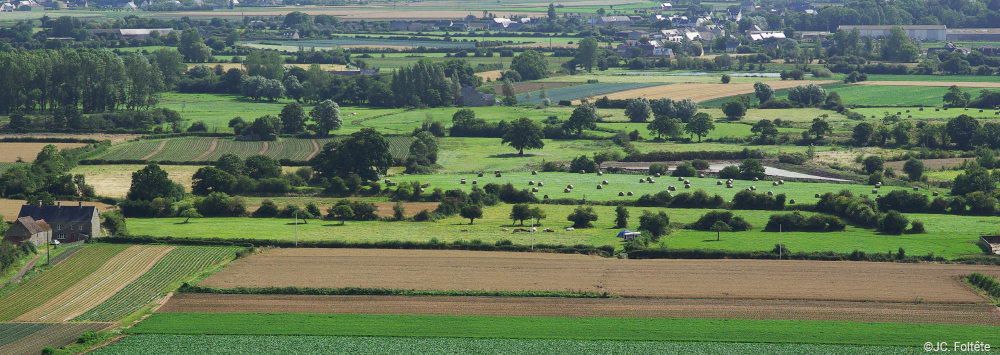
Ecological networks
The challenges of preserving biodiversity have led to the integration of the concept of ecological networks into land-use planning and development initiatives, for example through the ‘Trames Vertes et Bleues’ (green and blue networks). The modelling of ecological habitat networks in the form of graphs is implemented in this context, in research at the interface between geography, ecology and planning. Graphab software, developed since 2012, plays a unifying role.
Landscape graphs as an aid to decision-making in land-use planning
Research here focuses on the use of landscape graphs (or habitat networks) to answer operational questions beginning with ‘where’. For example:
– Where will animal species be most impacted by a given development project?
– Where should ecological impact reduction or compensation measures be implemented?
– Where should agroecological systems be implemented to minimize the impact of pests?
At the spatial planning level, research is also focusing on the way in which urban growth disturbs ecological networks, according to differentiated scenarios implemented by spatial simulations. The work being carried out is also leading the members in this research area to engage in more general and methodological reflections about the obstacles to the use of connectivity models in operational spheres, and about the way in which territorial stakeholders can appropriate these tools to identify and manage ecological networks.
Habitat networks confronted with biological field data
The empirical validation of landscape graphs requires a comparison between habitat networks constructed from geographical data and biological responses measured in the field. The members of the research group use genetic data or data from fauna inventories to validate landscape graphs using population genetics and community ecology methods. This research on habitat networks is also enhanced by the analysis of functional networks: gene flows, plant-pollinator and host-parasite interactions.
This interdisciplinary research involves partners from other national (Biogeosciences, Dijon; LADYSS, Paris; PRODIG, Paris; EVS, Lyon) and international (PLUS, ETH Zürich) research units, as well as private stakeholders (ARP-Astrance) and associations (LPO).
